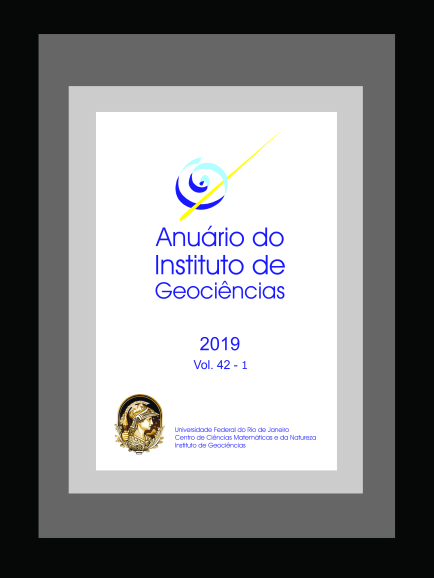Month-to-Month Impacts of Southern Annular Mode Over South America Climate
DOI:
https://doi.org/10.11137/2019_1_783_792Keywords:
Southern Annular Mode, South America, Climate variabilityAbstract
The goal of this paper is to study month-to-month impacts of Southern Hemisphere Annular Mode (SAM) phases over South America (SA). Composite analyses were performed excluding ENSO years. Southeastern SA (SESA), part of Southeastern and Central-West of Brazil seem to be more affected by SAM. However, SAM influences are different for each month, and there are also differences of the influences between SAM phases (not always opposite). For air temperature, March, May, July, August, September, and November show positive (negative) anomalies affecting regions cited above during the negative (positive) SAM phase. Although, the coverage of these anomalies is different among these months. February and December present a temperature anomaly dipole, with positive (negative) anomaly at SESA and negative (positive) northward, in the negative (positive) SAM phase. January has a different behavior compared with other months but also presents a nearly opposite signal between SAM phases. Precipitation anomalies composites indicate a weakening (strengthening) of South Atlantic Convergence Zone configuration at negative (positive) SAM phase (November-January and March). SESA region shows positive (negative) precipitation anomalies at negative (positive) SAM phases, during March-June and December. Nevertheless, in October, SAM oppositely influences this region. A case study (January 2017 - negative SAM - neutral ENSO) shows great similarity with the precipitation composites, ratifying the results. However, for temperature, the coastal region is the only which presents similarity with the composites.Downloads
Download data is not yet available.
Downloads
Published
2019-12-01
How to Cite
Vasconcellos, F. C., Pizzochero, R. M. and Cavalcanti, I. F. de A. (2019) “Month-to-Month Impacts of Southern Annular Mode Over South America Climate”, Anuário do Instituto de Geociências. Rio de Janeiro, BR, 42(1), pp. 783–792. doi: 10.11137/2019_1_783_792.
Issue
Section
Article
License
This journal is licensed under a Creative Commons — Attribution 4.0 International — CC BY 4.0, which permits use, distribution and reproduction in any medium, provided the original work is properly cited.















